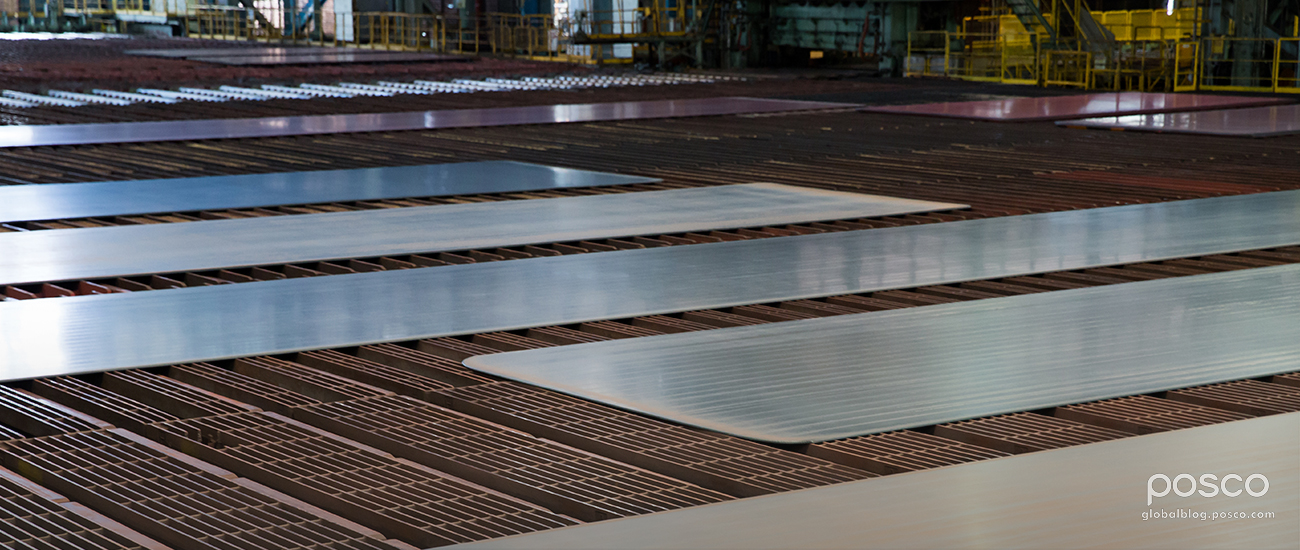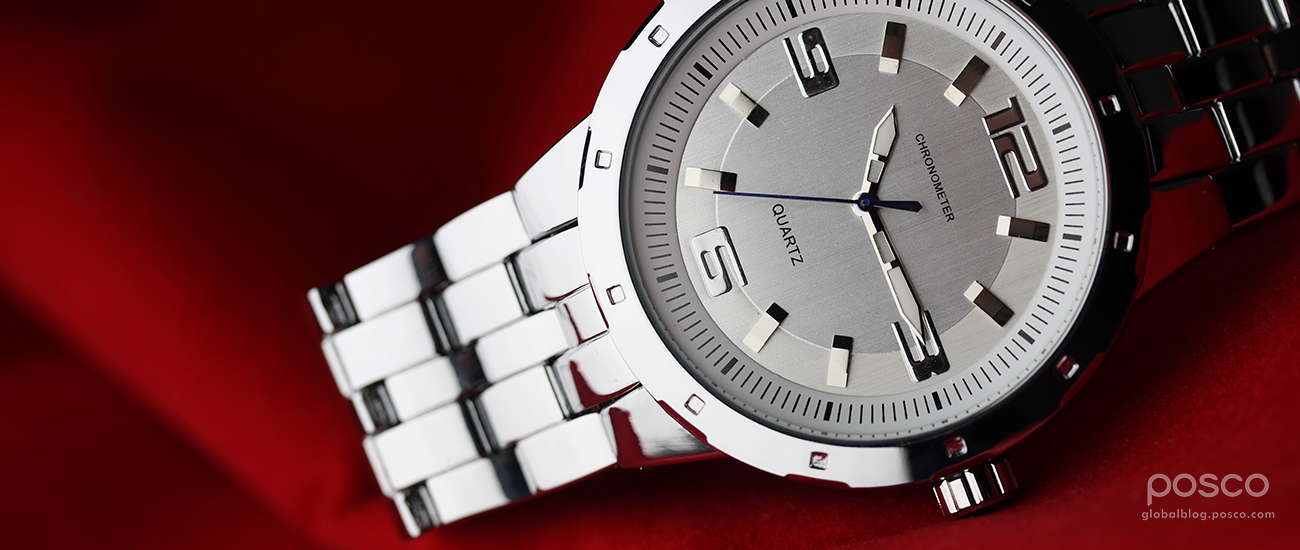Fall is the season for classics – back-to-school season brings to mind heritage-inspired pieces, and lots of tried-and-true colors and shapes. For accessories – and watches, in particular – these same rules still apply.
Gone are the days of oversized, flashy pieces of bling, and returning are classic timepieces suitable for both genders. Rather than showy status symbols, fashion fans are looking at a more reserved set of long-lasting styles that exude elegance and sophistication.
Stainless steel has been a stalwart metal in traditional watchmaking for many years now, but designers and manufacturers have pushed different materials to accommodate trends in the past. Now, it seems they are returning to the steady original.
The Beginning of Stainless Steel
In 1913, metallurgist Harry Brearley developed the first piece of genuine stainless steel at his laboratory in Sheffield, England. The alloy was made with iron, chromium and nickel, and could withstand a wide range of chemical reactions.
Through Brearley’s invention, stainless steel has become the modern metal for everything beginning from cutlery to skyscrapers, and of course wristwatches.

The material is known for its high resistance to corrosion, heat resistance, weldability and durability, which makes it perfectly suitable for enduring straps and encasing the sensitive machinery found inside timepieces.
A Fashionable Military Companion
While wristwatches have been around since World War I, when they were considered both a strategic military tool and as well as a necessary fashion accessory, stainless steel watches were only introduced in the early 1930s in Geneva. Jewelers and watch manufacturers were looking for a cheaper material to use to make watches, since the Great Depression of the 1920s had left the precious metals market in the dust.
In fact, they were not always the men’s collector’s items they are now. Wristwatches were only worn by women before the 20th century, the first made for Countess Koscowicz of Hungary by Swiss watch manufacturer Patek Philippe in 1868.
For women, these watches were less worn for practicality, and more for aesthetic purposes. In 1912, The New York Times reported that it was “the most useful piece of jewelry that has been invented for many decades,” worn by “women who have to work as well as those who play.”

The first prototypes for men may have been created by watchmaker Girard-Perregaux for the German Imperial Navy in 1880, after an officer complained about the difficulty of timing an attack correctly using a pocket watch.
And hardwearing materials were not just used as a fashion statement or quotidian utility. European soldiers began to incorporate unbreakable glass to survive the trenches and radium to illuminate the display at night during battles, with civilian styles swiftly following suit.
An Everyday Item
Nowadays, watches are used by almost everyone, everywhere, but stainless steel has become one of the core metal in a developed men’s market. At Baselworld, an annual trade show held for the global watch and jewelry industry, this year’s trends seemed to highlight simplicity.

There was a particular spotlight on steel, with mention given to the fact that it is a perfect watch material in terms of being both the fashion and the reliability stakes. Many luxury watch manufacturers displayed stainless steel devices, which offered a modern yet everlasting appeal.
But that is just the surface. Because wristwatches are often exposed to sweat and moisture, they can easily corrode and malfunction if not made properly.
That is why stainless steel is so important for time-telling. Not only does it keep the case waterproof, it prevents rust and is long-lasting – all necessary factors when it comes to keeping your watch clean and functional.
Making the Grade
It is also worth mentioning that not all stainless steel is alike. Most watch cases are made of 201 or 304L stainless steel, while luxury watch makers tend to use 316L, 904L or surgical grade varieties.
A majority of luxury watch manufacturers use 316L grade stainless steel. This contains molybdenum, which contributes to its extra-low carbon content and high resistance to corrosion. It is also magnet-resistant, unlike general-use 201 or 304L stainless steel grades.
The “superalloy” 904L has an even higher resistance to corrosion due to increased levels of chromium, molybdenum and nickel. It is a more expensive material overall, so only select high-end manufacturers use it in their designs.
Meanwhile, 316L is considered tougher, a “marine grade” steel, but it lacks the luster and protection against acids offered by the 904L, which is even used in the tech, aerospace and chemical industries. Stainless steel is also being used in cases for smart watches, furnishing these hi-tech items with a premium look.
Choosing Steel for Fall
The wristwatch has traveled a long way from its European origins, from gracing royalty to equipping hardnosed generals – and stainless steel has had a part in shaping its current rendition.
So whether it is dainty or utilitarian, cost-friendly or luxurious – you can bet that a piece of this resilient metal on your wrist will be what you are looking for to satisfy both seasonal and perennial trends.
A watch is something you will hopefully want to keep forever. And one crafted from stainless steel could be your best investment to keep up with fall 2016’s latest watch trends.

Stainless Steel Speaks Fashion
